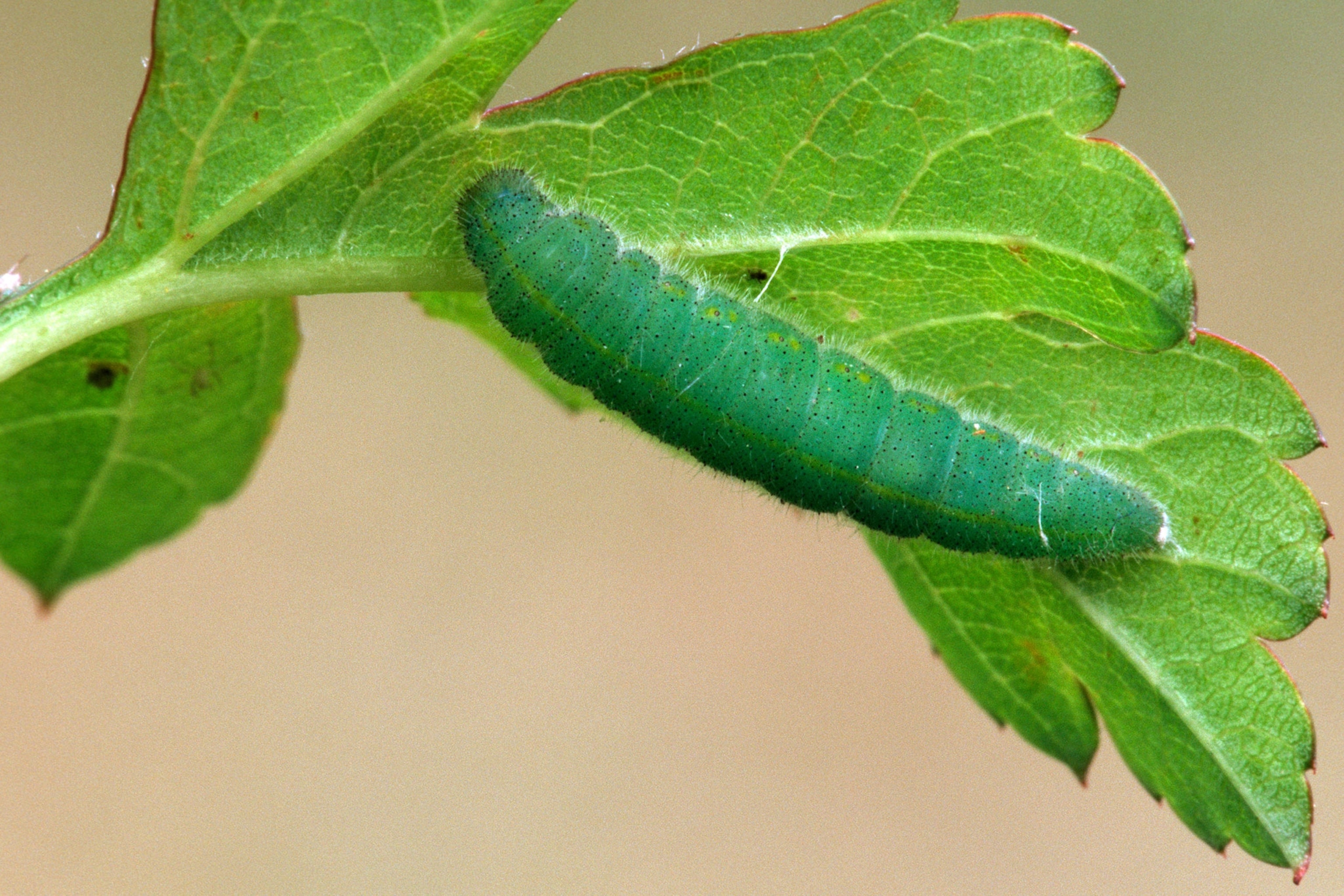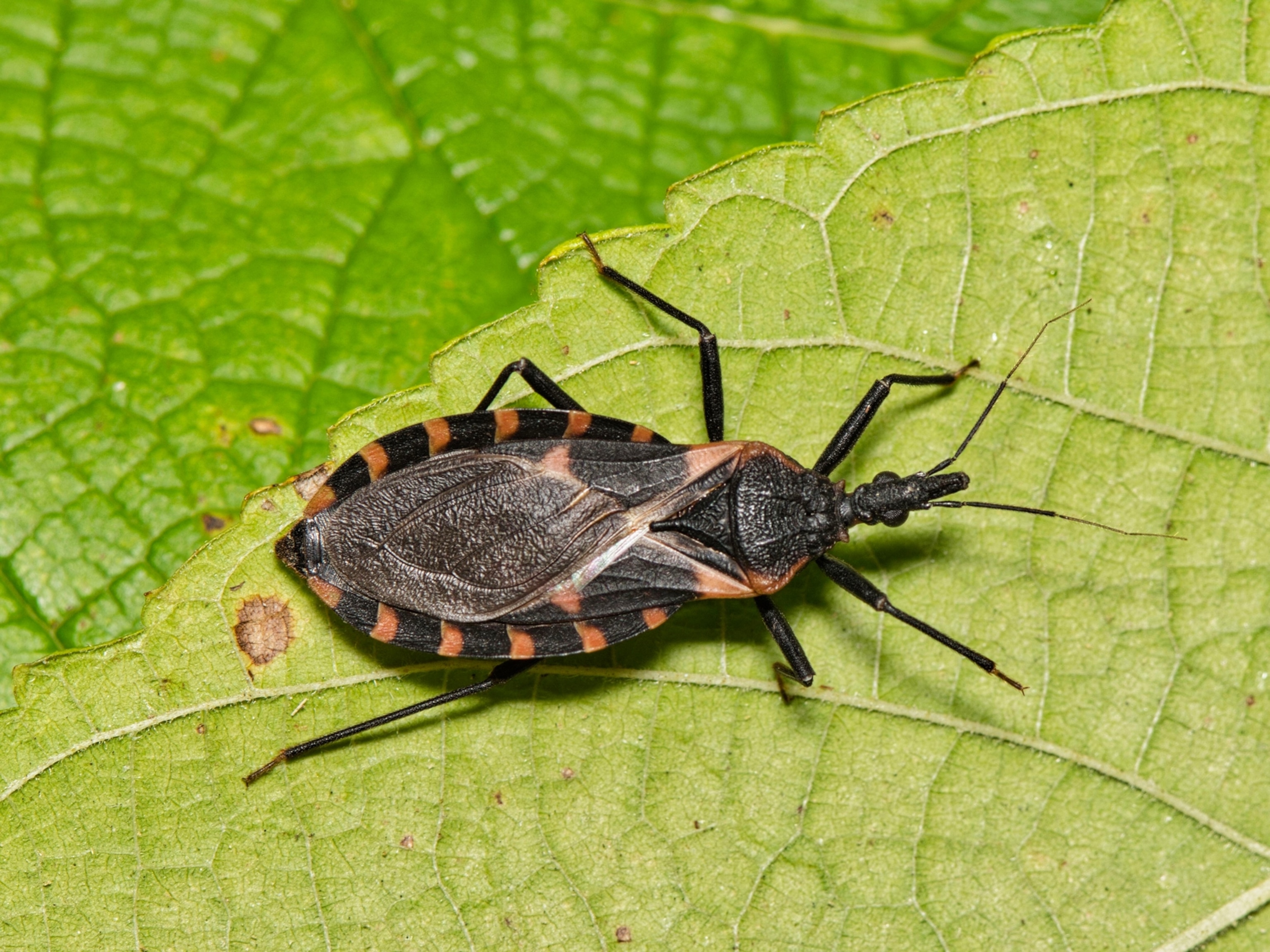Tiny Bugs Are Having Sex on Your Face Right Now
Eyelash mites aren't the only bugs that live in unusual places.
Denver, Colorado — For bugs, there will likely never be any such thing as a housing shortage. Many set up shop in the strangest places—including us.
At the Entomological Society of America annual meeting, we asked experts about bugs with some odd choices for real estate. (Read about how 500 bugs may be living in your house.)
The horse bot fly, for instance, is a dangerous pest whose larvae infest the stomach of a horse. The creatures attach to the stomach lining with hooked mouthparts until they eventually pass through the horse's digestive tract.
(The sexual battles of flatworms)
“It’s a really serious vet problem,” causing painful problems including loosened teeth, colic, and ulcers, says society president Susan Weller, also an entomologist at the University of Minnesota.
Alcon Blue Butterflies
The caterpillars of these beautiful butterflies are the cuckoos of the insect world, sneaking into another species’ nest and freeloading on unsuspecting strangers.
Several caterpillars in the Lycaenidae family invade nests and pretend to be ant larvae.

"They trick ants into thinking they’re one of them and they chow down" on the baby ants until the caterpillars themselves pupate, says Felix Sperling, an entomologist at the University of Alberta. The interlopers get both a free meal and a safe place to grow up.
Some species, like the Alcon blue caterpillar, enter Myrmica ant nests and secrete a sweet, desirable liquid that causes the ants to feed the caterpillars over their own larvae. (See a caterpillar transform into a butterfly.)
Hyperparasites
Then “there are bugs that live inside bugs that live inside bugs,” says Judie Bronstein, an ecologist at the University of Arizona.
A hyperparasite is a parasite that is itself parasitized by another insect.

Cabbage white butterfly caterpillars, for example, are parasitized by two different types of wasp, which in turn are parasitized by an entirely different wasp.
Karma, we say.
“Turbuggin,” Bronstein says.
Alkali Flies
Fish can't survive in California’s Mono Lake, which is is two to three times saltier than the ocean. But it is home to algae-eating alkalai flies.
The flies have tiny hairs on their bodies that encase them in air bubbles, allowing the insects to remain under water for up to 15 minutes. Larval flies develop lime glands that process the high levels of carbonate from the lake.
Females walk down into the lake and attach their eggs to algae mats or in pumice rock crevices. (See "7 Bug and Spider Myths Squashed.")
With such little life in the area, the flies are important prey for birds, says Jeffrey Oliver, data science specialist at the University of Arizona and former entomologist.
Eyelash Mites
Demodex mites, it's true: We are the earth on which they are born and die—particularly on our faces and eyelashes.
A 2014 study from North Carolina University found that 100 percent of study subjects had at least one species of Demodex mite on their face, feeding on the oils in their hair follicles.
These tiny arachnids aren’t harmful—except perhaps to your dreams.
Have a question about the weird and wild world? Tweet me, leave me a note in the comments, or find me on Facebook. Weird Animal Question of the Week answers your questions every Saturday.




